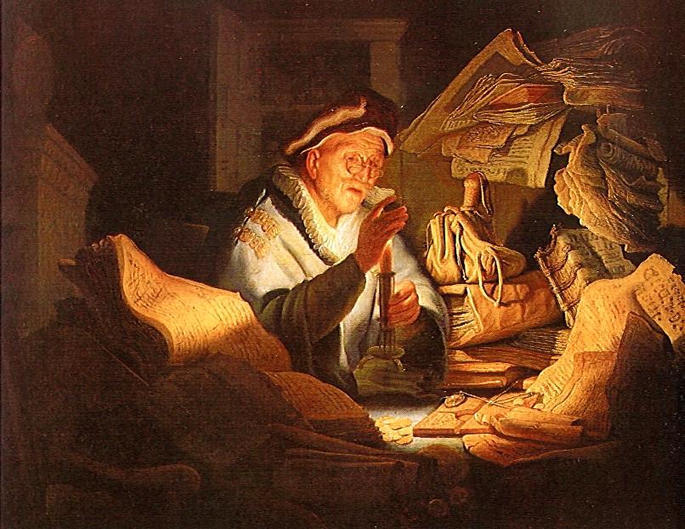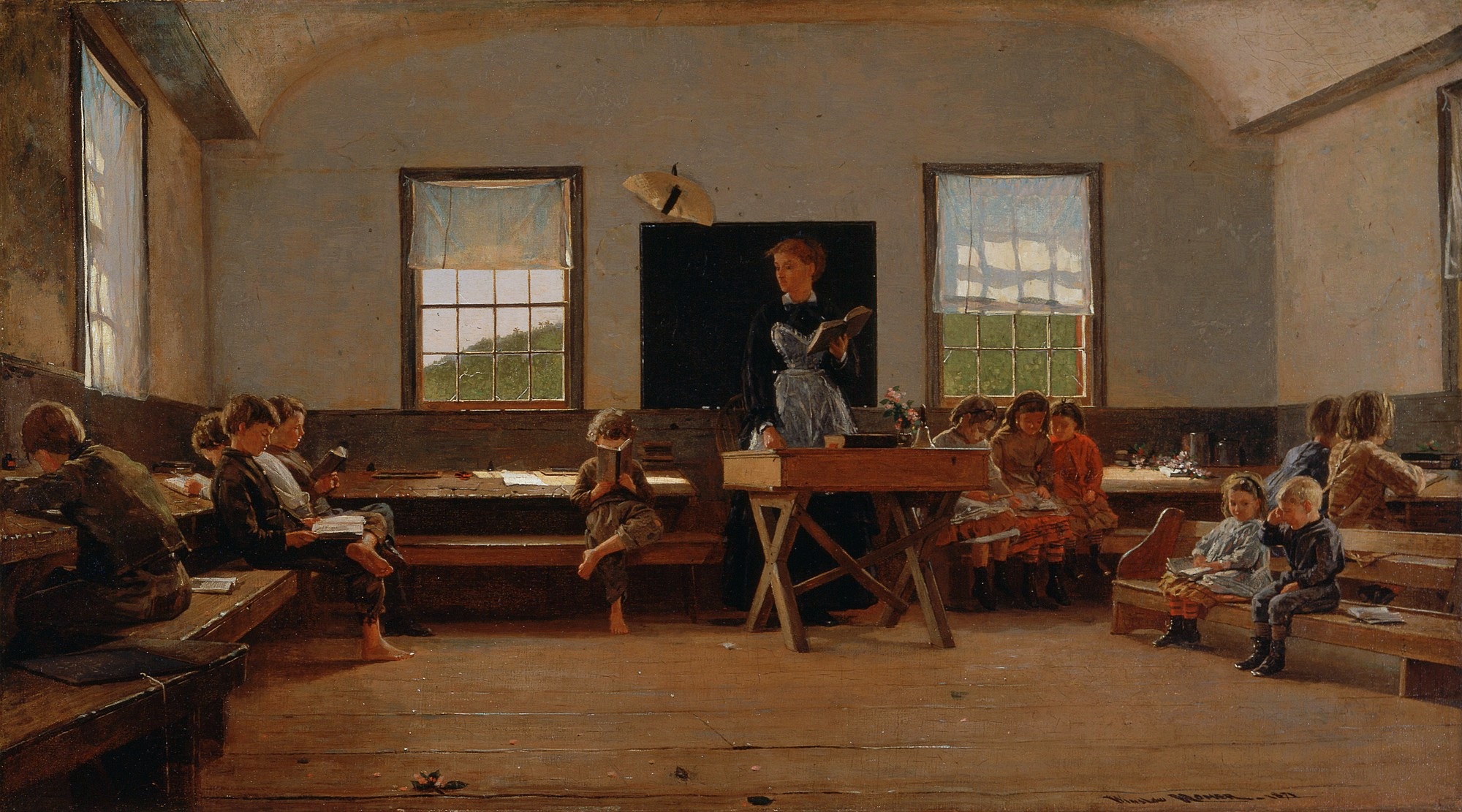Archives
- Home
- Event Page 137

Outdoor Events
This content is accessible to paid subscribers. To view it please enter your password below or send mike@standardsmichigan.com a request for subscription details.
Move Out Recycling
Moving from student accommodations presents challenges to host municipalities.
Certain requirements must be met for recycling to be economically feasible and environmentally effective. These include an adequate source of recyclates, a system to extract those recyclates from the waste stream, a nearby factory capable of reprocessing the recyclates, and a potential demand for the recycled products. These last two requirements are often overlooked—without both an industrial market for production using the collected materials and a consumer market for the manufactured goods, recycling is incomplete and in fact only “collection”.
Today at 11 AM/E we examine the state of best practice literature – including government regulations — that apply to education communities.
FinTech
Today we run a status check on public consultations released by ANSI-accredited and finance industry consortia whose involvement affects the cost of US education communities. Ahead of quarterly county elections we examine a few tax-free bond referenda on ballots across the US for insight into the money flow through education communities.
Having the statue of the great Adam Smith, standing just outside of my office. I overhear many a conversation taking place. He seems beloved by our international students & visitors, yet, little known by very many at home – hopefully, this changes that! pic.twitter.com/6wYkvxMtxW
— Graeme K (@GraemeK73) April 3, 2023
Energy 200
Review of all consensus, consortia and open source codes, standards and regulations regarding energy production and conservation relevant to the education facility industry.
Faculty and staff in the education industry in all nations provide basic research, application research in energy technologies. The “cities-within-cities” we call the #SmartCampus” also provide crucibles for new testing new technologies as well as provide energy load for utilities operating under all ownership regimes.
Send bella@standardsmichigan.com an email for an advance agenda.
New update alert! The 2022 update to the Trademark Assignment Dataset is now available online. Find 1.29 million trademark assignments, involving 2.28 million unique trademark properties issued by the USPTO between March 1952 and January 2023: https://t.co/njrDAbSpwB pic.twitter.com/GkAXrHoQ9T
— USPTO (@uspto) July 13, 2023
Standards Michigan Group, LLC
2723 South State Street | Suite 150
Ann Arbor, MI 48104 USA
888-746-3670















